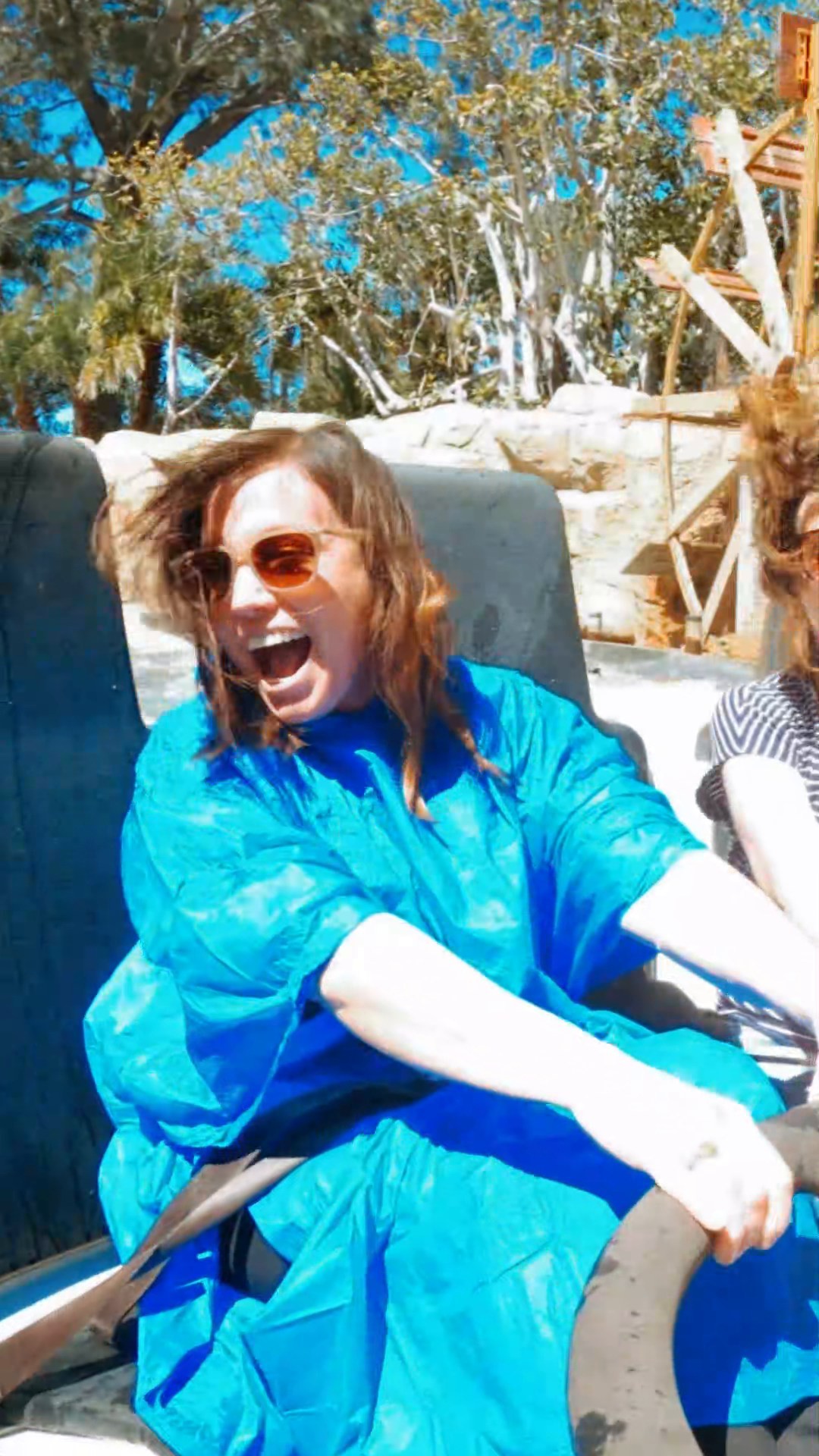- The importance of seasonal enrichment at zoos and wildlife sanctuaries.
- Effective strategies and tools for animal enrichment.
- The role of visitor engagement activities in wildlife conservation.
- Integrating modern technology into zoo management.
- Sustainable practices in zoo and wildlife sanctuary operations.
Seasonal changes profoundly impact animals in both natural habitats and controlled environments like zoos. Zoos and wildlife sanctuaries often employ seasonal enrichment to cater to these dynamic needs, ensuring that animals experience a semblance of their natural cycles. This enrichment can range from dietary variances to temperature adjustments and activity-based stimuli. As summer approaches, it is vital for these institutions to "soak up" every last summer moment, optimizing their efforts in animal care and visitor engagement.
Effective animal enrichment strategies are a cornerstone of zoo management. Enrichment activities have multiple facets; they aim to stimulate animals physically, mentally, and socially. For example, zoos often introduce water activities such as swimming or water play areas to replicate natural behaviors seen in species native to warmer climates. Water pools, designed with varying depths and features, cater to animals like elephants and polar bears, encouraging naturalistic behaviors, cooling, and skin care. Younger animals and those recovering from injuries benefit immensely from such activities, promoting both physical health and emotional well-being.
Dietary variations are another critical aspect of enrichment. For instance, in summer, zoos offer seasonal fruits, vegetables, and specially prepared cool treats like frozen fish or fruit popsicles to carnivores and herbivores alike. These not only meet nutritional needs but also provide a form of entertainment and mental stimulation as animals forage and figure out how to access these treats.
Visitor engagement is a crucial element in drawing public awareness toward wildlife conservation. Interactive exhibits, such as feeding sessions, allow visitors to understand more about animal diets and behaviors, fostering a connection between them and the animals. Besides passive watching, hands-on experiences such as petting areas or supervised animal interactions provide educational value, particularly to children. These engagements often translate into long-term support for conservation initiatives as visitors leave with a deeper appreciation for wildlife.
Integrating modern technology into zoo management further enhances both animal care and visitor experiences. Smart enclosures equipped with temperature and humidity controls offer environments tailored to specific species. Monitoring devices embedded in enclosures enable real-time tracking of animal health metrics like heart rates and activity levels. Technological innovations like these help zookeepers proactively address health and behavioral issues, ensuring animals thrive, particularly in peak summer conditions.
Moreover, the use of virtual and augmented reality in zoos provides an immersive experience for visitors, educating them on habitats and behaviors without intruding on the animals’ space. Augmented reality apps, for example, can overlay information on enclosures, giving insights into an animal’s daily routine or conservation status in the wild. This innovative method of storytelling enhances visitor engagement by providing interactive, enjoyable learning experiences.
Sustainability is a guiding principle in modern zoo and wildlife sanctuary operations. These institutions are increasingly adopting eco-friendly practices, such as solar energy to power exhibits and rainwater harvesting systems for animal enclosures. Implementing waste-reduction initiatives, like composting biodegradable waste and recycling programs, minimizes environmental impact and sets a positive example for visitors.
Furthermore, many zoos participate in global breeding programs for endangered species, focusing on genetic diversity and reintroduction into the wild. Collaboration with international conservation bodies and adherence to stringent ethical guidelines reinforce the role of zoos as custodians of biodiversity. Educating visitors about these efforts enhances public support and fosters a collective effort toward wildlife preservation.
In summary, the management of zoos and wildlife sanctuaries during summer involves a comprehensive approach encompassing seasonal enrichment, effective visitor engagement, technological integration, and sustainable practices. By focusing on these areas, institutions can ensure the wellbeing of the animals under their care while fostering a culture of conservation among the public. Each summer moment becomes an opportunity to further the cause of wildlife preservation and enrich the lives of both animals and visitors alike.
*****
Source Description
We have everything you need to SOAK 🌊 up every last summer moment ☀️


